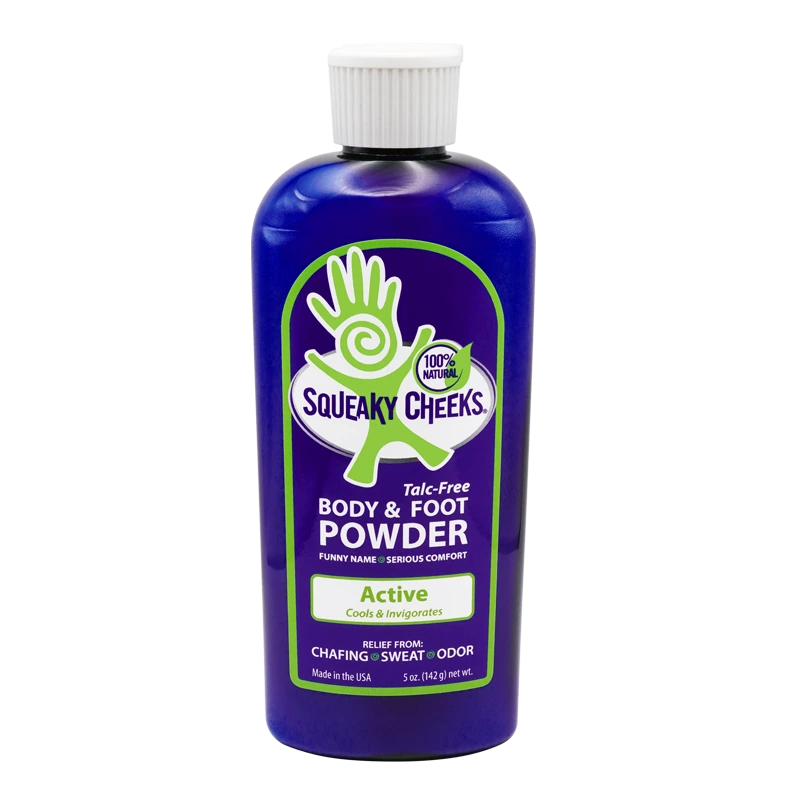Let’s face it, as women we get looked over in the sweat department. But boy, can we sweat. You hear about swass (sweaty a**) and the misery from that, but until you have experienced sweaty boobs on a hot day, you haven’t experienced true misery. At Squeaky Cheeks we get it and we actively came up with a solution that would provide true Comfort, even on the hottest days, with an all natural boob sweat remedy.

Jock itch is a general term that is used for any rash that occurs in the male groin area. It can be seen in females, but the fungus infection is predominantly found in men. Jock itch is caused by moisture, irritation that provides a good home for bacterial growth.
The symptoms of jock itch vary, but you may notice a red rash in the folds of your skin, itching, pain or an odor. The irritation from jock itch may come and go. Jock itch can plague anyone, even healthy people, but those who suffer from diabetes or are obese are more susceptible.
To prevent jock itch:
- Keep your groin area dry
- Wear clean clothes
- If you sweat a lot, change your underwear during the day
- Make sure your underwear fits correctly
- Wear underwear that is made from a breathable material
- Wear loose fitting clothing
- Do not share person products
If you suffer from athlete’s foot or other fungal infections, it may spread to the groin area. Think about how you put on your underwear. Your feet hit the underwear first potentially spreading the fungus. To prevent this from happening, put on socks before you put on your underwear.
In most cases jock itch is easily curable. The average case lasts about two weeks. You can wash with an anti-fungal shampoo or body soap. Make sure the area is completely dry before putting on any powder. Use a powder that will keep the area dry and protected and avoid itching (easier said than done). You can also wear a cup if you are very susceptible to jock itch. If you notice persisting pain, swelling, irritation, or it is lasting longer than two weeks, it’s wise to visit your doctor. A medical professional can prescribe a topical antibiotic or an oral antibiotic.



